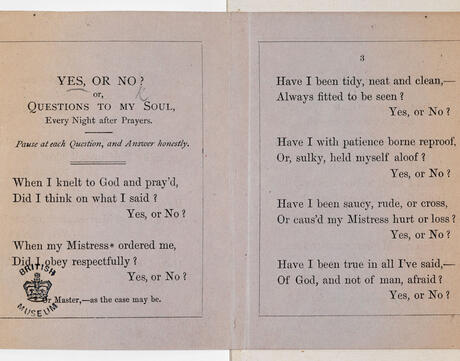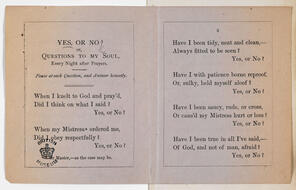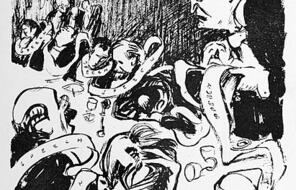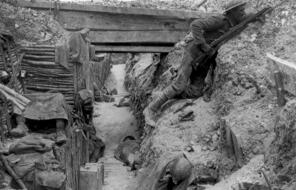
Understanding Class
Overview
About this Lesson
In the previous lesson, students began reading An Inspector Calls, exploring the setting and its significance by annotating the stage directions, and examining character through the consideration of symbolic props. This introduction gave them a basis from which to engage critically with the content of the play, and began the process of examining the author’s craft and the play’s larger message.
In this lesson, students will develop their understanding of the sociohistorical context of the play, focusing specifically on class, etiquette and hierarchy. By deepening their knowledge of the social expectations of the world in which the characters live, students are better able to understand the choices the characters make and the consequences of those choices. This analysis of the play also helps students to consider how our opportunities, choices and values are intricately linked to the social environment in which we are nurtured, and how our identity is both forged from, and influences, our experiences. Such exploration and awareness is a necessary step towards self-reflection and encourages students not only to learn from the characters’ behaviour and choices, but to reflect on modern social norms and their implications. Given the potentially sensitive nature of the class discussion, we recommend that you review your class contract with your students to remind them of the importance of how they communicate their ideas with others.
In this lesson, it is important for students to understand that class is a social system which divides people into groups according to their economic and social position. In the United Kingdom, society is divided into the following classes:
- The working class: those who engage in physical work, are often only paid for the hours they work, and tend to be paid less than other groups in society.
- The middle class: those who tend to be well educated (they have attended university) and work in roles that require specific skills or qualifications. They tend to earn more money than the working class, but are not regarded as rich.
- The upper class: those who are of the highest social status (they may have aristocratic titles such as duke or duchess, lord or lady) and they may possess great amounts of wealth, though this is not always the case.
Currently in the UK, social class is regarded as less important than it was before the Second World War, but it can still nonetheless impact opportunities and status: it can influence the way others view us and dictate where we fit in the social hierarchy. Different social groups are also expected to behave according to specific social norms and are bound by the etiquette – the codes and norms of behaviour – of their social grouping. Stereotypically, the people of the upper classes are believed to possess the best manners.
The activities in this lesson refer to pages 1–5 of the Heinemann edition of An Inspector Calls.
Preparing to Teach
A Note to Teachers
Before teaching this lesson, please review the following information to help guide your preparation process.
Lesson Plans
Part I Activities
Part II Activities
Extension Activity
Homework Suggestion
Materials and Downloads
Quick Downloads
Download the Files
Understanding Class
Entering the World of the Play
Developing Character Inferences
Unlimited Access to Learning. More Added Every Month.
Facing History & Ourselves is designed for educators who want to help students explore identity, think critically, grow emotionally, act ethically, and participate in civic life. It’s hard work, so we’ve developed some go-to professional learning opportunities to help you along the way.
Exploring ELA Text Selection with Julia Torres
On-Demand

Working for Justice, Equity and Civic Agency in Our Schools: A Conversation with Clint Smith
On-Demand

Centering Student Voices to Build Community and Agency
On-Demand

















